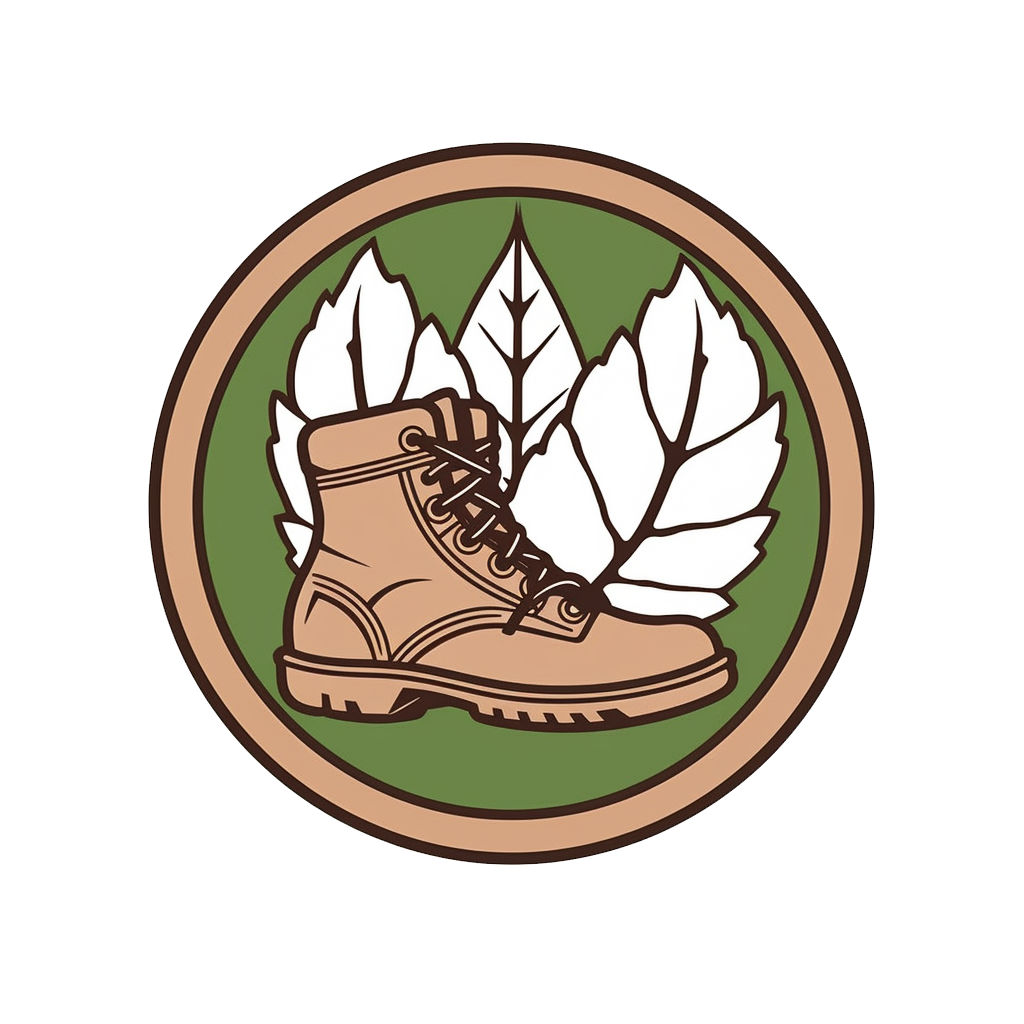Backpacking is an adventurous way to explore the great outdoors. Carrying everything you need on your back allows you to reach scenic locations not accessible by road. The sense of freedom and accomplishment from hiking to and camping in beautiful natural areas keeps drawing people to backpacking. However, it’s important to start with beginner-friendly backpacking trips if you’re new to this activity.
At Hiking Training Plan, we specialize in preparing people for backpacking adventures. We know it’s crucial to build skills, confidence, and endurance by beginning with simpler trips before progressing to more advanced routes. Read on for our essential tips to help you start backpacking safely and enjoyably.
Why Start with Beginner Backpacking Trips?
Backpacking involves carrying a loaded backpack over long distances and rough terrain. If you jump into an overly ambitious multi-day trek too soon, you could find yourself exhausted, struggling, and even injured. Instead, we recommend starting small. Here are some key reasons:
Develop Critical Hiking Skills
On beginner backpacking trips, you can focus on developing core skills like:
- Route finding and navigation
- Proper packing and gear use
- Setting up camp and campsite selection
- Outdoor cooking and hygiene
- Bear bag hanging and wildlife safety
- Leave No Trace principles
Mastering these skills in easier environments first instills confidence and preparedness for more challenging trips later.
Improve Fitness and Endurance
Packing a loaded backpack over miles of ascents and descents requires fitness, strength, and stamina. Attempting advanced hikes without proper conditioning can be painful and demoralizing. Beginner trips allow you to improve cardiovascular endurance, leg and core strength, balance, and more at a reasonable pace.
Appreciate the Experience
When trips push your limits too far, you’re focused on grinding it out rather than enjoying the splendor around you. Beginner backpacking lets you fully appreciate each location at an easier and more comfortable exertion level.
Starting with simpler routes helps you gain skills, fitness, and appreciation for backpacking. The confidence and experience you build then allows you to progress to more advanced adventures.
Top Tips for First-Time Backpackers
If you’re embarking on your very first backpacking adventure, keep these tips in mind:
Research and Plan Your Route
Choose a well-marked trail without major elevation gains or rugged terrain. Study maps and information to understand the route, available campsites, water sources, permits, etc.
Pack Light
Only bring essential gear and supplies to reduce pack weight. Our beginner backpacking packing lists help you choose suitable lightweight options.
Follow Trail Etiquette
Practice Leave No Trace principles, respect wildlife, and be courteous to other hikers by following proper trail etiquette.
Prepare for Emergencies
Bring a first aid kit, headlamp, fire starter, extra food/water, etc. Know how to use a map and compass. Share your itinerary with someone.
Thorough preparation and sticking to easier beginner routes maximizes your chances of a safe, enjoyable first backpacking experience.
Top Beginner Backpacking Destinations in the U.S.
Here are some of our favorite beginner backpacking trip options:
The Cottonwood Lakes Trail in Yosemite National Park
- Length: 16 miles roundtrip
- Difficulty: Easy to moderate
- Permits: Required, reservations recommended
This scenic hike near Mount Langley has beautiful lakes, wildflowers, and panoramic high-Sierra vistas along the way.
The 40 Lakes Loop in Grand Teton National Park
- Length: 34 miles
- Difficulty: Moderate
- Permits: Backcountry use permit required
A varied route around pothole lakes below the Teton peaks, with great options for short or long trips.
The Paria Canyon-Vermilion Cliffs Wilderness
- Length: 38 miles
- Difficulty: Moderate
- Permits: Permit required for overnight stay
Hike through slot canyons to incredible swirling rock formations and cliffs.
The JMT High Sierra Camps
- Length: Varies
- Difficulty: Moderate
- Permits: Required, reservations necessary
Make use of the hike-in High Sierra camps along the John Muir Trail for supported backpacking trips.
The Wonderland Trail around Mount Rainier
- Length: 93 miles
- Difficulty: Moderate to strenuous
- Permits: Quota system for reservations
Circumnavigate the volcanic icon of Mount Rainier through diverse and stunning terrain.
These are just a few hand-picked options suitable for beginners. Consult guidebooks, park websites, and experienced backpackers to select the right trip for your skill level and interests. Obtain any required permits well in advance.
Preparing Physically and Mentally for Your First Backpacking Adventure
To make the most of your beginner backpacking experience, be sure to prepare both your body and mind:
Physical Preparation
- Take training hikes in the weeks leading up to your trip, gradually increasing weight and distance.
- Work on hiking fitness, strength training, and core conditioning.
- Break in your boots and get familiar with using your pack.
- Eat a healthy, high-protein diet and stay well hydrated.
Mental Preparation
- Research your route so you know what to expect.
- Read up on essential skills like navigation, camp setup, bear safety, etc.
- Pack patience, adaptability and resolve to overcome challenges.
- Cultivate an adventurous spirit and excitement for the journey.
- Share your itinerary and check in with someone during the trip.
Investing time in physical training and mental readiness will help you feel confident in your abilities to complete a rewarding beginner backpacking trip.
Packing Essentials for Your First Backpacking Adventure
Deciding what to pack for your first backpacking trip can be daunting. Follow this essential gear checklist to make sure you have everything you need without overloaded pack:
Backpack
Choose a fitted internal frame backpack approximately 30-50 liters for backpacking. Test packs thoroughly with weight to find the best, most comfortable fit.
Shelter
A free-standing backpacking tent or simple tarp tent is ideal for beginners. Stay under 5 pounds.
Sleep System
Pack a mummy-style sleeping bag rated to the anticipated temperature, plus a lightweight sleeping pad for insulation and cushioning.
Footwear
Well-fitting and broken-in hiking boots or trail shoes with good ankle support and traction are a must. Consider waterproof options.
Food and Water
Calculate your calorie needs. Pack high-energy, lightweight backpacking foods and a stove setup for cooking. Carry ample water capacity.
Clothing
Focus on breathable layers and essentials like rain gear, warm hat and gloves, hiking socks, moisture-wicking base layers, etc.
Navigation
Bring a compass, maps or GPS, and the know-how to use them.
Safety and First Aid Supplies
Carry a first aid kit, knife, fire starter, whistle, headlamp, and other critical safety gear. Know wilderness first aid basics.
Toiletries
Keep it minimal with toothbrush, toilet paper, sunscreen, insect repellent, biodegradable soap, etc.
Use your itinerary and local conditions to tailor your gear list. Our beginner backpacking packing checklists offer detailed recommendations for essential gear. Travel light on your first trip.
Key Safety Tips for Beginner Backpackers
While backpacking is rewarding, you also need to be prepared for the inherent risks of the wilderness. Follow these tips to stay safe on beginner trips:
- Learn how to navigate and use a map/compass even on marked trails. Stay on designated trails.
- Choose established campsites away from hazards like dead trees, cliff edges, etc.
- Properly store food and scented items to reduce wildlife encounters. Make noise and travel in groups.
- Check weather forecast. Pack appropriate clothing and do not hike during storms.
- Carry insulating and waterproof layers to avoid hypothermia. Know the signs.
- Stay hydrated and pace yourself to avoid exhaustion. Turn back if needed.
- Understand basic first aid like treating sprains, wounds, altitude sickness, etc.
- Always share your trip plan with a contact. Bring communication devices for emergencies.
- Check park/land regulations. Obtain required permits.
- Follow Leave No Trace principles to preserve wilderness areas.
Preparation, caution, and common sense go a long way towards managing risks. Starting with beginner-friendly routes also helps build safety awareness. Do not take unnecessary chances as you gain skills and experience.
Start Your Backpacking Journey Today
Backpacking allows you to access incredible natural places and satisfy your spirit of adventure. With countless scenic trails across America, there are endless possibilities waiting to be discovered. We recommend starting with our hand-picked beginner backpacking trip recommendations as you embark on this incredibly rewarding activity.
Gaining skills and experience through beginner routes will give you the confidence, fitness, and expertise to progress towards more advanced adventures. Remember to thoroughly prepare and research your first trips. Pack only essential gear to reduce weight. Adhere to Leave No Trace principles and follow wilderness safety best practices.
We want to help you have epic backpacking adventures. Please share your own experiences as a beginner backpacker. What worked well and what was most challenging? Do you have any recommendations for great beginner backpacking locations? We look forward to hearing your perspectives. When you’re ready for your next level of trips, be sure to check out our intermediate and advanced backpacking programs and guided trips. Happy trails!

